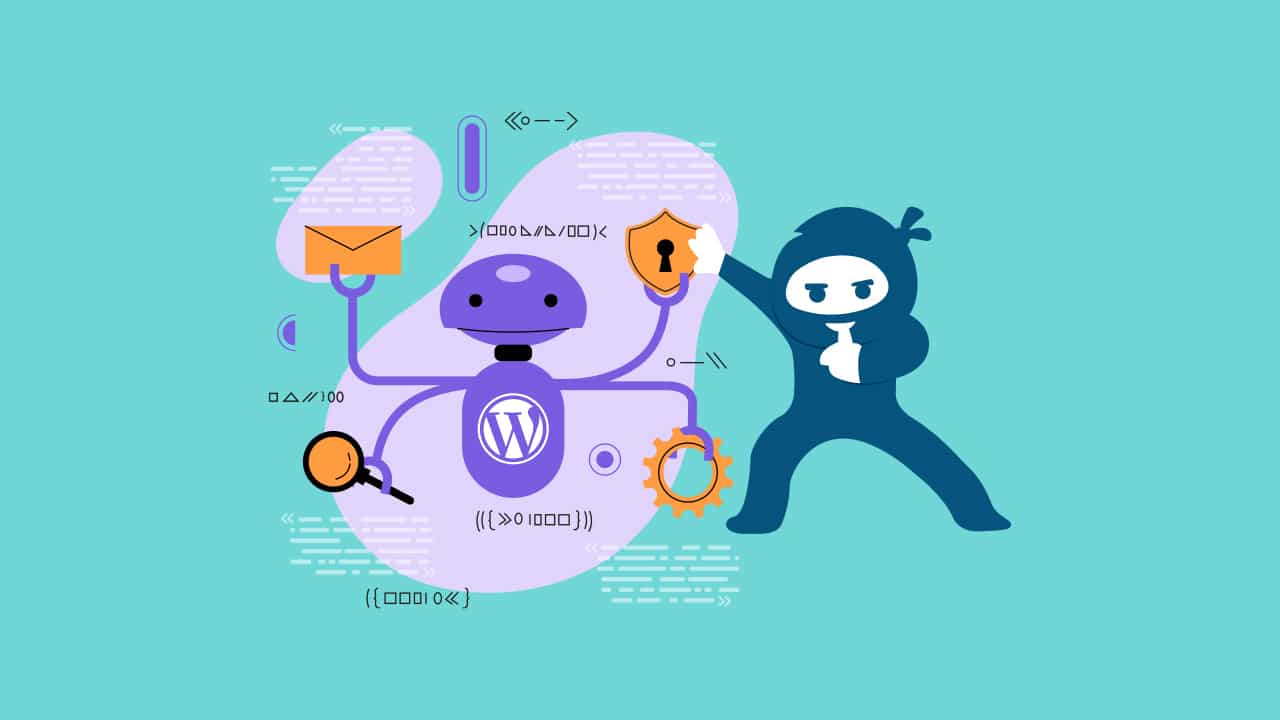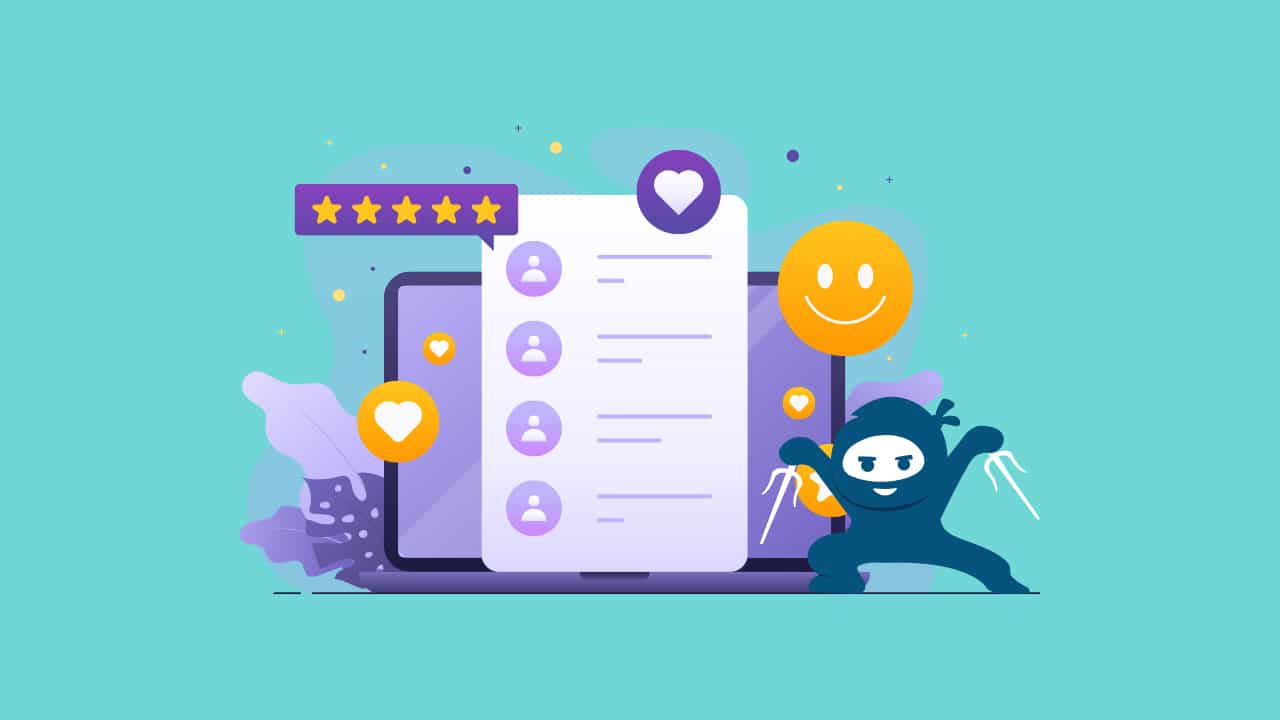Google uses a set of Core Web Vitals as essential indicators of a positive user experience, and they have become important factors in search engine ranking algorithms. This is especially important for online businesses, as websites that provide a smoother, faster, and more stable experience for users are more likely to rank higher in search results and therefore have increased visibility over competitors.
Google may update its Core Web Vitals criteria over time, but based on the information we have now, we’ve put together this article to help you figure out what you can do better to meet user expectations and search engine requirements on your online store. As we always do, we will be focusing on what we know best, WordPress and WooCommerce.
Without further ado, let’s jump into it!
Google Core Web Vitals
Core Web Vitals, a set of user-centric metrics introduced by Google, hold the key to assessing your website’s loading, interactivity, and visual stability. They consist of a set of metrics that are designed to assess the overall user experience and provide website owners, developers, and SEO professionals with tangible benchmarks for optimizing website performance.
The Core Web Vitals consist of these specific metrics:
Largest Contentful Paint (LCP):
LCP measures the loading performance of a web page. It specifically focuses on the time it takes for the largest, most noticeable, contents (often an image, video, or text block) to become visible within the user’s viewport. This relates more closely to what the user perceives as the loading speed, once they can see everything on the page, more than a factual loading speed.
An optimal LCP is usually achieved within the first 2.5 seconds of a page starting to load. The score you see on a Google Search Console report for this metric is based on the loading performance 75% of the times a URL is visited.
First Input Delay (FID):
FID quantifies interactivity by measuring the time delay between a user’s first interaction (such as clicking a button or a link) and the browser’s ability to respond to that interaction. A low FID (typically under 100 milliseconds) ensures that users can engage with your site without frustrating delays.
Cumulative Layout Shift (CLS):
CLS gauges visual stability by measuring the amount of unexpected layout shifts that occur during the loading process. These shifts can be caused by elements like images and ads dynamically loading after the page content. A good CLS score is one that remains below 0.1, indicating minimal visual disruptions.
Interaction to next paint (INP):
This metric, reported to replace FID by March 2024, assesses a page’s overall responsiveness to user interactions by observing the time that it takes for the page to respond to all click, tap, and keyboard interactions that occur throughout the lifespan of a user’s visit to a page. The final INP value is the longest interaction observed, ignoring outliers. A good INP score is one that remains equal to or under 200 milliseconds.
Why do Core Web Vitals matter?
But, do these metrics truly matter when it comes to making e-commerce sales? The numbers don’t lie. With each 100ms reduction in Largest Contentful Paint (LCP), the web conversion rate for Farfetch, the online luxury fashion store, increased by 1.3%. In another instance reported by Google, Netzwelt improved Core Web Vitals and saw advertising revenues increase by 18% and page views by 27%.
Testing Core Web Vitals On Your Online Store
Testing Core Web Vitals on a website is crucial to identify areas for improvement. There are several tools available, both in general and for WordPress users, that can help you test your website’s performance.
Google PageSpeed Insights
The first and most popular tool for measuring Core Web Vitals on any site is Google’s PageSpeed Insights. This tool offers both lab and field data, allowing you to see how your website performs in controlled environments as well as in real-world conditions. Simply enter your website’s URL, and PageSpeed Insights will provide a performance score along with recommendations for improvement.
Google Search Console
Google Search Console gives users access to a Core Web Vitals report. Here you can take a look at all four metrics listed above, both on desktop and mobile.
In the report, your website’s URLs will be given a qualitative score: poor, needs improvement, or good, based on the site’s performance based on these metrics.
Here’s an example of how issues are shown in the report:
This report is very useful because once you have applied a fix, you can click on a “validate” button from the validation column to test if the issue has been resolved. Keep in mind that this takes some time though, as Google must monitor usage statistics for up to 28 days to test results.
Web Vitals Google Chrome Extension
Another user-friendly option for monitoring your site is the Web Vitals Chrome Extension. It provides instant feedback on loading, interactivity, and layout shift metrics, showing the scores for all main metrics.
You can instantly get an idea of how well your site is performing through the extensions badge system, which adds a green badge to sites with a passing score and a red one for those failing.
Improve Core Web Vitals
If you are looking to improve Core Web Vitals on your online store the first step is to run the necessary reports and find out what your website’s problem areas are. Only then you can create a specific action plan to tackle the most relevant issues. However, not all work is done once you’ve optimized performance on your site. You’ll still have to continuously monitor your site to prevent any further issues and performance glitches.
Fixes vary greatly depending on the starting conditions of your site, but to help you get started, here are some common problems and fixes to get your site healthier.
Improve your LCP Score
Slow-loading content discourages users from engaging with your online store’s pages. Users might lose interest or patience and leave your site without exploring further.
The main blocks of text or images on any given page have a direct impact on this metric. Therefore to improve your LCP score, you can preload your LCP image, compress your image, or choose a smaller image of lower quality as a replacement. If all else fails, consider removing your image altogether.
When it comes to text, it’s also helpful to break down text content into smaller chunks and use a different font.
Taking it a step further, you can minify HTML, CSS, and JavaScript to remove unnecessary characters and spaces from your code to reduce file sizes. It is also recommended that you defer the loading of non-critical resources, such as scripts, to prioritize the main content.
Improve FID Score
When users interact with your website, by submitting a form, clicking on a button, or adding an item to their carts, and experience a delay in response, they might become frustrated. A poor FID score can give the impression that the website is unresponsive and even impede users from interacting with your site altogether, leading to a negative perception of your brand or content.
For an e-commerce store, a bad FID score can lead to a drop in conversions. Users might abandon their shopping carts or fail to complete transactions due to frustration with slow interaction times.
To see improvements in your FID score, the first and most important thing to do is to choose the right hosting and implement CDNs. Opt for a hosting provider with low server response times to reduce the time it takes for the browser to receive resources.
Additionally, we recommend reducing the amount of JavaScript code loaded initially and prioritizing loading essential scripts first. Defer non-essential scripts to prevent them from blocking user interactions. You should also remove heavy page builders and optimize your CSS and HTML, removing unnecessary code, to reduce the amount of critical rendering path resources.
Improve CLS
In an e-commerce context, a bad CLS score can disrupt users’ ability to navigate, view products, and complete purchases. Layout shifts might cause users to mistakenly click on unintended elements or buttons, hindering the shopping process.
To avoid these issues, we recommend that you specify width and height attributes for images and videos in your HTML. This allows the browser to allocate the necessary space for these elements during loading, preventing sudden shifts.
You can also use the preload attribute to load fonts and images in advance. This minimizes layout shifts caused by the delayed loading of critical resources.
Limit excessive CSS animations and transitions that can cause layout shifts. If animations are necessary, ensure they are smooth and predictable.
If using ads, ensure they have reserved space to prevent layout shifts as they load. Use asynchronous loading for ads and embedded content to avoid interfering with the layout.
Optimize The Mobile Experience
Google Core Web Vitals can be measured separately for mobile users, therefore it is crucial to optimize your website’s performance for this purpose.
Mobile performance optimization is a comprehensive process, but generally, we recommend opting for a responsive design that seamlessly to different screen sizes, orientations, and devices.
For best results, keep your menus simple and user-friendly, and make sure navigation bars are easy to use on smaller screens. Make buttons and links larger to accommodate touch interactions and reduce accidental clicks.
You should also use efficient image formats and tools to compress images without sacrificing quality.
Conclusion
When it comes to online shopping, delivering a delightful customer experience is the name of the game. And guess what? Core Web Vitals hold the key to winning. By improving your core web vitals, you’re not just playing by Google’s rules; you’re actually improving user experience to create the prime environment for your users to shop.
Regularly peeking under your website’s hood and implementing specific solutions based on the insights you find will help you make major improvements.
At WooNinjas, we understand that diving into the world of Core Web Vitals and website optimization can sometimes be overwhelming for an already busy business owner. That’s where we come in – your trusted partners and seasoned WordPress experts who know the ins and outs of crafting exceptional online experiences. Our team will conduct an in-depth audit of your online store, pinpointing areas where Core Web Vitals can be improved, and get to work!



